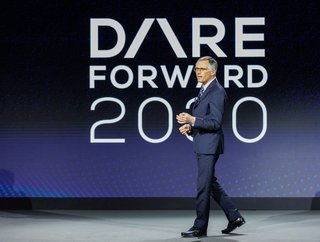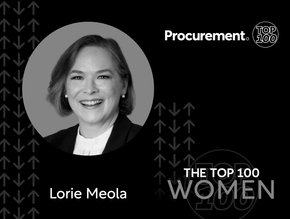Stellantis: Engaging Suppliers to Reduce Carbon Footprint

Stellantis is following a wider sustainability strategy called Dare Forward 2030, which is a plan for Stellantis to reach carbon net zero by 2038. An important part of the plan requires working with external partners to develop effective strategies to meet the targets.
Stellantis is home to 14 automotive brands including Abarth, Alfa Romeo, Chrysler, Citroën, Dodge, DS, Fiat, Jeep, Lancia, Maserati, Opel, Peugeot, Ram, and Vauxhall, and is the fourth-largest automaker in the world based on car sales. It has approximately 300,000 employees, a sales presence in more than 130 countries, and manufacturing facilities in 30 countries.
Stellantis working with suppliers to reduce emissions
Purchased parts make up around half of the total carbon footprint of their standard EV, and the company is now aiming to reduce the CO2 emissions of EV parts by 40% by 2030 compared to 2021. Stellantis is putting focus on around 70 key components that make up around 80% of the total carbon footprint of purchased EV parts.
Stellantis reports that Scope 3 greenhouse gas emissions account for an average of 75% of the company’s GHG emissions. The company is now engaging with thousands of suppliers in their procurement network to optimise how resources are used and minimise emissions and pollution.
The company is also applying rigorous criteria to its sourcing strategy for electric vehicle components, to analyse their environmental impact and potential for re-manufacture, repair, recycling, and reuse.
Suppliers helping Stellantis achieve Dare Forward 2030
Marcela Arrambide, Carbon Net Zero Engineering Manager, and Emmanuel Houery, Carbon Net Zero Worldwide Purchasing Manager have been exploring in the company’s Daring for Zero series how their functions are engaging with suppliers to achieve their goals.
“I'm working to define new criteria in our purchasing process to guide our teams to the suppliers who will help us to meet our target, “ says Houery. “It's obvious, every part we put into our vehicles contributes to our carbon emissions. By 2030, we aim to reduce the CO2 emissions of EV parts by 40% compared to our 2021 metrics. It's a monumental task and we are ready for this challenge.”
“We cannot do this without everyone on board. As we know, batteries, steel and aluminium represent around 70% of the electric vehicle emissions alone,” says Arrambide. “For the time being, not everyone is familiar with the CO2 emissions during the production phase. For example, the suppliers need to identify if the CO2 emissions are coming either from their processes or the raw material. Once they have identified the hotspot, then they need to find a more sustainable approach to reduce those emissions.”
Make sure you check out the latest edition of Procurement Magazine and also sign up to our global conference series - Procurement & Supply Chain LIVE 2024
**************
Procurement Magazine is a BizClik brand
- 40 Years of Diverse Procurement at StellantisProcurement Strategy
- Kia & Hyundai Using Blockchain for Sustainable ProcurementTechnology & AI
- Jaguar Land Rover: Working with Suppliers to Reach Net ZeroSustainability
- IAC Group appoint Larry Vano as Chief Procurement OfficerProcurement Strategy






